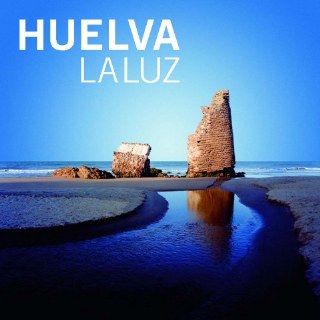 Covering an area of some 10,000 square kilometres from open beaches to lush sierras, Huelva marks the frontier between Spain
Covering an area of some 10,000 square kilometres from open beaches to lush sierras, Huelva marks the frontier between Spain
and Portugal. lt enjoys an agreeable climate, with mild temperatures all year round, and the quality of the light is very special in itself. With a rich, varied landscape, its traditions and gastronomy make Huelva a unique destination, a place to delve into a hand of discoveries.
The improvement in communications has contributed to increasing the number of visitors who have come to appreciate the many attractions of the province. The nearby international airports in Seville and Faro, and the excellent road and rail networks have brought it much closer to the rest of Spain, Europe. and the world as a whole
Covering an area of some 10,000 square kilometres from open beaches to lush sierras, Huelva marks the frontier between Spain
and Portugal. lt enjoys an agreeable climate, with mild temperatures all year round, and the quality of the light is very special in itself. With a rich, varied landscape, its traditions and gastronomy make Huelva a unique destination, a place to delve into a hand of discoveries.
The improvement in communications has contributed to increasing the number of visitors who have come to appreciate the many attractions of the province. The nearby international airports in Seville and Faro, and the excellent road and rail networks have brought it much closer to the rest of Spain, Europe. and the world as a whole
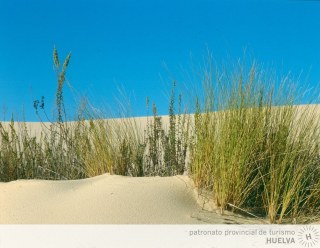 Covering an area of some 10,000 square kilometres from open beaches to lush sierras, Huelva marks the frontier between Spain
Covering an area of some 10,000 square kilometres from open beaches to lush sierras, Huelva marks the frontier between Spain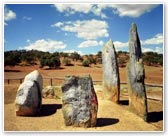 Naturally a mixed society, Huelva has always been both an importer and exporter of cultures. Throughout history, many different civilisations have been attracted by the wealth of possibilities this land has to offer. Thus the Tartessians,
Naturally a mixed society, Huelva has always been both an importer and exporter of cultures. Throughout history, many different civilisations have been attracted by the wealth of possibilities this land has to offer. Thus the Tartessians,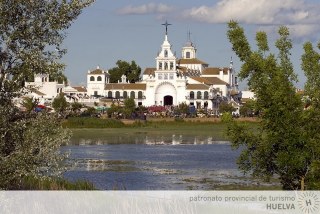 event is undoubtedly the hugely popular pilgrimage to El Rocío, in the heart of Doñana. Easter Week is also of great importance and the processions in Huelva, Moguer, and Ayamonte are particularly notable.
event is undoubtedly the hugely popular pilgrimage to El Rocío, in the heart of Doñana. Easter Week is also of great importance and the processions in Huelva, Moguer, and Ayamonte are particularly notable. Diversity is the essential feature of Huelva’s cuisine, with a combination of seafood and products from the sierra which means that shellfish and ham are the two most important ingredients. The sierra is famous for its Iberian pigs with ham bearing the Jamón de Huelva Denomination of Origin being by far the most emblematic product. Other cured meats include cañas de lomo, chorizos, and morcones and there are fresh meats such as solomillo, presa, secreto, and pluma.
Diversity is the essential feature of Huelva’s cuisine, with a combination of seafood and products from the sierra which means that shellfish and ham are the two most important ingredients. The sierra is famous for its Iberian pigs with ham bearing the Jamón de Huelva Denomination of Origin being by far the most emblematic product. Other cured meats include cañas de lomo, chorizos, and morcones and there are fresh meats such as solomillo, presa, secreto, and pluma.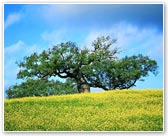 sand, bordered by pine woods. Apart from the luminosity of the natural light and the mild climate, the coast offers an unusually unspoilt natural environment which is illustrated by the large number of officially protected areas: the Marismas de Isla Cristina, Marismas del Piedras y Flecha del Rompido, Los Enebrales, Marismas del Odiel, Doñana…
sand, bordered by pine woods. Apart from the luminosity of the natural light and the mild climate, the coast offers an unusually unspoilt natural environment which is illustrated by the large number of officially protected areas: the Marismas de Isla Cristina, Marismas del Piedras y Flecha del Rompido, Los Enebrales, Marismas del Odiel, Doñana…
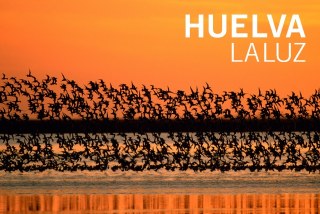
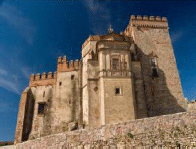 Tinto, Minas de Río Tinto, Nerva, and Zalamea la Real. The mineral wealth of the area is the central theme and a visit to the Río Tinto Miníng Park is highly recommended. Its attractions include: the fascinating Mining Museum; Corta Atalaya, the biggest open cast mine in Europe; the tourist train passing through the mine works; and the Peña del Hierro mine. One mustn’t forget that the mining operation was in the hands of British companies and their time here is still clearly visible in the English barrios such as Bellavista, as well as the Presbyterian chapel, and the English Club. This has its own significance as it was the first place both football and golf was played in the iberian Peninsula. As an interesting footnote, NASA is currently investigating the similarity between the area around Rio Tinto and the planet Mars.
Tinto, Minas de Río Tinto, Nerva, and Zalamea la Real. The mineral wealth of the area is the central theme and a visit to the Río Tinto Miníng Park is highly recommended. Its attractions include: the fascinating Mining Museum; Corta Atalaya, the biggest open cast mine in Europe; the tourist train passing through the mine works; and the Peña del Hierro mine. One mustn’t forget that the mining operation was in the hands of British companies and their time here is still clearly visible in the English barrios such as Bellavista, as well as the Presbyterian chapel, and the English Club. This has its own significance as it was the first place both football and golf was played in the iberian Peninsula. As an interesting footnote, NASA is currently investigating the similarity between the area around Rio Tinto and the planet Mars.
